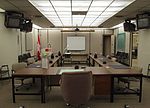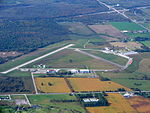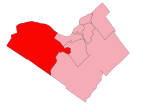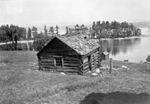Carp, Ontario
Neighbourhoods in OttawaUse Canadian English from March 2019
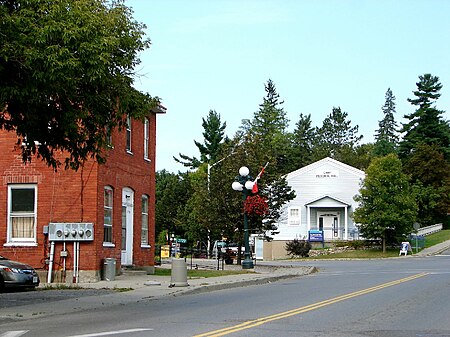
Carp is a compact rural community in West Carleton-March Ward in the City of Ottawa, Ontario, Canada, located in the northwestern portion of the municipality on the Carp River. It is about 33 km (21 mi) from downtown Ottawa. Prior to amalgamation in 2001, Carp was located in the West Carleton Township. Carp is located in the Kanata—Carleton electoral riding. According to the Canada 2011 Census, 1,965 people lived in the area around Carp (Craig Sideroad/Murphy Sideroad on the north, former Township limits on the east, March Road on the south and Thomas Argue Road on the west)
Excerpt from the Wikipedia article Carp, Ontario (License: CC BY-SA 3.0, Authors, Images).Carp, Ontario
Frances Colbert Avenue, Ottawa West Carleton-March (West Carleton)
Geographical coordinates (GPS) Address Nearby Places Show on map
Geographical coordinates (GPS)
| Latitude | Longitude |
|---|---|
| N 45.35 ° | E -76.033333333333 ° |
Address
Frances Colbert Avenue 87
K0A 1L0 Ottawa, West Carleton-March (West Carleton)
Ontario, Canada
Open on Google Maps

